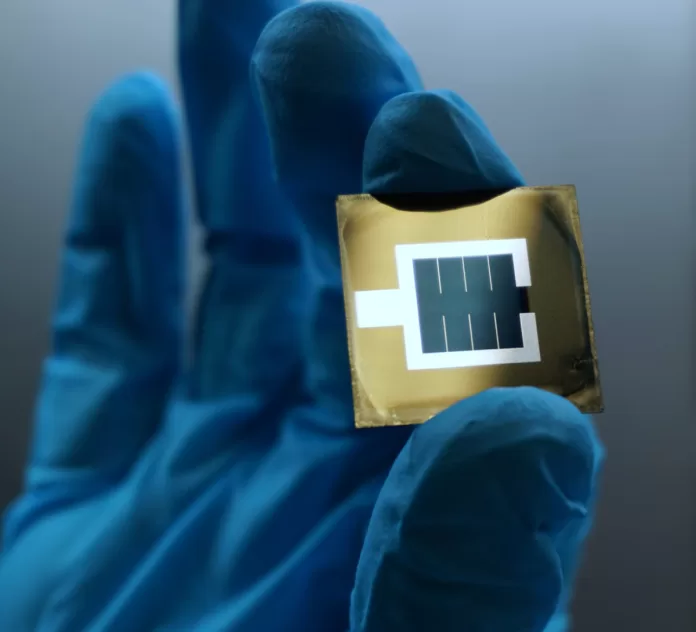Scientists at Helmholtz-Zentrum Berlin (HZB) have smashed the global record for the efficiency of tandem solar cells composed of a silicon bottom cell and a perovskite top cell. The efficiency record of 32.5% has been verified by the certifying organisation European Solar Test Installation.
Steve Albrecht from HZB’s perovskite tandem solar cell group remarked, “This is a huge leap ahead that we could not predict a few months ago.” “All the teams participating at HZB, particularly the teams from the PV Competence Center (PVcomB) and the HySPRINT Innovation Lab, have collaborated superbly and with great commitment on this project.
His team utilised a perovskite compound with a modified surface that had been enhanced. Silvia Mariotti and Eike Kohnen, co-authors of the work, designed an interface alteration that significantly reduces charge recombination losses. In addition, they utilised specialised measuring techniques to better comprehend the core processes. Lea Zimmermann then successfully applied these innovations to tandem solar cells and integrated them with other optical enhancements.
Over the past few years, the efficiency ratings of research centers and solar businesses all over the world have steadily gone up. At the end of 2021, multiple HZB teams achieved a then-record efficiency rate of 29.8%. In order to do this, they incorporated periodic nanotextures inside the solar cells. Then, in the summer of this year, the Swiss school Ecole Polytechnique Fédérale de Lausanne (EPFL) was able to get a tandem cell efficiency of 31.3%, which was much higher than the previous number.
The HZB has once again attained the greatest level of efficiency, 32.5%. “We are quite happy with the revived considerable efficiency jump. Albrecht stated that this illustrates the enormous potential of perovskite/silicon tandem solar cells to contribute to a sustainable energy supply and reversal in the future years.
Bernd Rech, the chief scientific officer of HZB, remarked that “at 32.5%, the solar cell efficiency of HZB tandems has reached levels previously only attained by costly III/V semiconductors.”
Meyer Burger just last week inked a multi-year partnership arrangement with various German and Swiss research institutes, including HZB. This includes the industrialisation of tandem solar cells and modules composed of perovskite.





